Spring is almost here and some of us in northern climes will soon be dividing hostas. I came across a 1997 online issue of the Ontario Hosta Society newsletter which contained this article on rossizing hostas . I hope someone may be able to clarify the procedure.
“Rossizing” Hostas
by Alan Bewell
Many hosta gardeners got their first hosta as a division--usually a big one--given to them by a friend, a relative, an aunt, or a neighbour. Back in the bad old days, and perhaps even now, the standard method for dividing Hostas was to take a shovel and cut the hosta in half. Then the whole thing, roots, earth, and all, would be thrown into a half-ton pickup, where eventually it would make its way to its new home. After all this abuse, any plant that could survive like a Hosta did merited a key place in a garden, and it is likely that the popularity of the hosta over the last century has been based less on the quality of its foliage or its value as a landscape plant than on its tremendous capacity to withstand vegetary abuse. (Don’t be fooled by grandmother’s smiles; they could wield a shovel like the best of them.) Hosta fanciers have developed, of course, more successful ways of propagating Hostas through division, one of which is called “Rossizing,” after Henry A. Ross, who first introduced this method for Hostas. This method of plant propagation is very successful with plants that are slow in producing new crowns. If done correctly it will not really affect the plant during the growing season, even as it produces a greater number of eyes in the following season.
The procedure is fairly simple. Carefully remove the dirt from around the hosta to expose the root plate, out of which the roots emerge. Locate a place about one or two inches up the stem, and push a very sharp knife or exacto-blade completely through the stem so that it comes out the other side. Now, cut straight down until you have cut all the way through the root plate. You have now basically divided the plant’s root system in two, while the plant above-ground has been largely left untouched, and remains a single plant. On a plant with a large stem, additional cuts can be made, by moving to a new spot approximately 90 degrees around the stem. (More experienced gardeners have done more.) Each cut should then be given a little Root Tone with fungicide to prevent disease and to encourage root growth.
[More advanced “rossizing” requires a greater knowledge of the manner in which new buds are formed on Hostas. If you look carefully, you can see where the new basal buds are forming. In cutting through the basal plate, you will be more successful, and produce more “eyes,” if you are careful to avoid cutting through one of these buds.]
Since you haven’t really disturbed the plant, the operation is usually very successful. All you need to do is to replace the soil and keep the plant well watered and fertilized throughout the summer to encourage good bud growth. The size of next year’s buds is dependent upon how early in the season you do the operation, so the best results will be attained if you rossize the plant as soon as it has fully emerged in spring. Bare-rooted Hostas can also be “rossized” before planting. They are already suffering from shock, so you might be advised to wait a year (though many mail-order nurseries will “rossize” the plant for you before shipping).
Anytime one affects the internal structure of a plant, one weakens the plant and risks introducing diseases, so nothing is guaranteed. However, this method has proven very successful over the years, and is used by most Hosta nurseries.
I was a little confused by the 4th paragraph where Alan Bewell says that the plant isn't really disturbed. Is the plant left in place and the division lifted the following year? The actual article provides a diagram at the link below:
Here is a link that might be useful: rossizing hostas

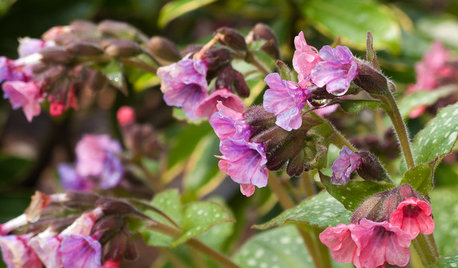
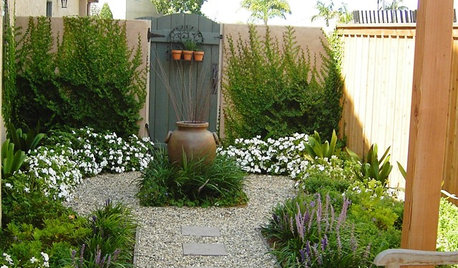

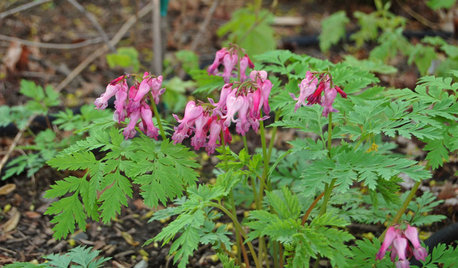



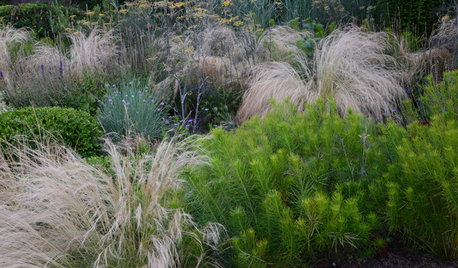




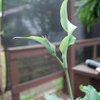

Jon 6a SE MA
Steve Massachusetts
Related Discussions
Hosta website for i.d., and To divide or not to divide?
Q
Hosta Dividing?
Q
Photos of dividing large mature hosta clumps
Q
Dividing my hosta
Q
ken_adrian Adrian MI cold Z5
Jon 6a SE MA
irawonOriginal Author